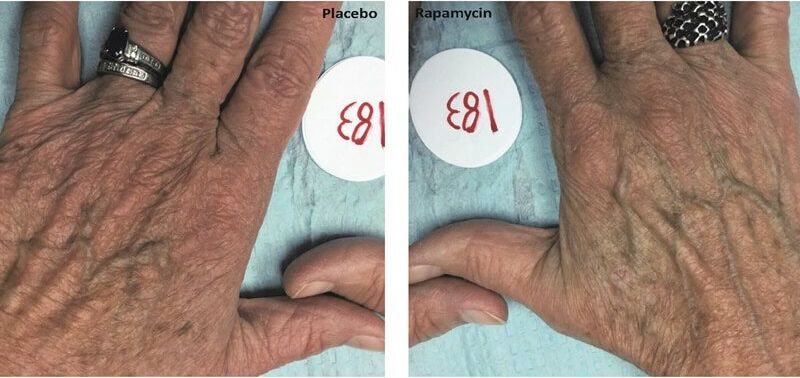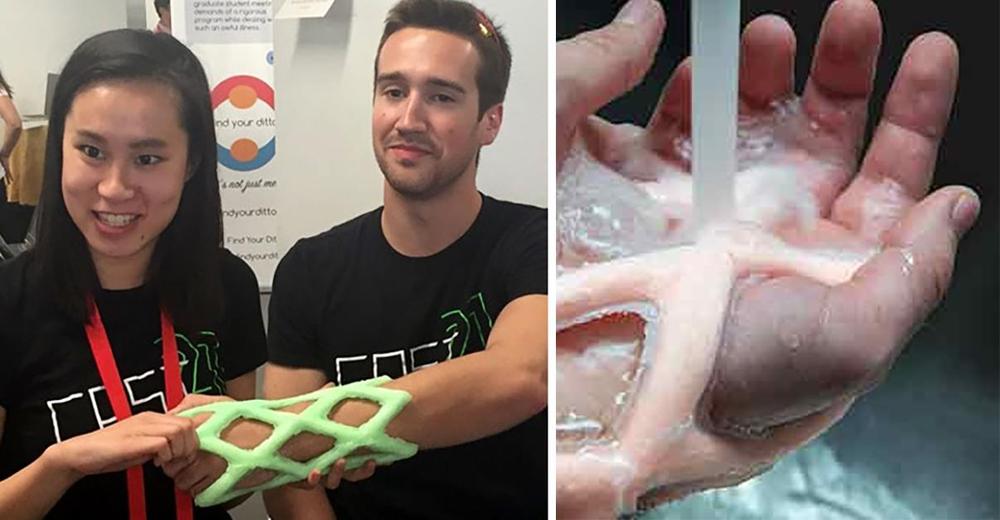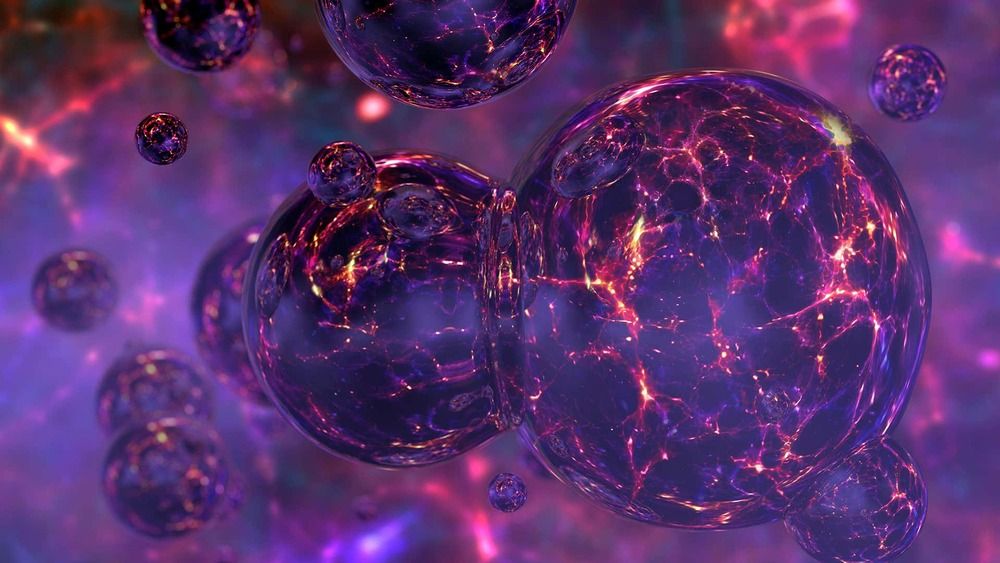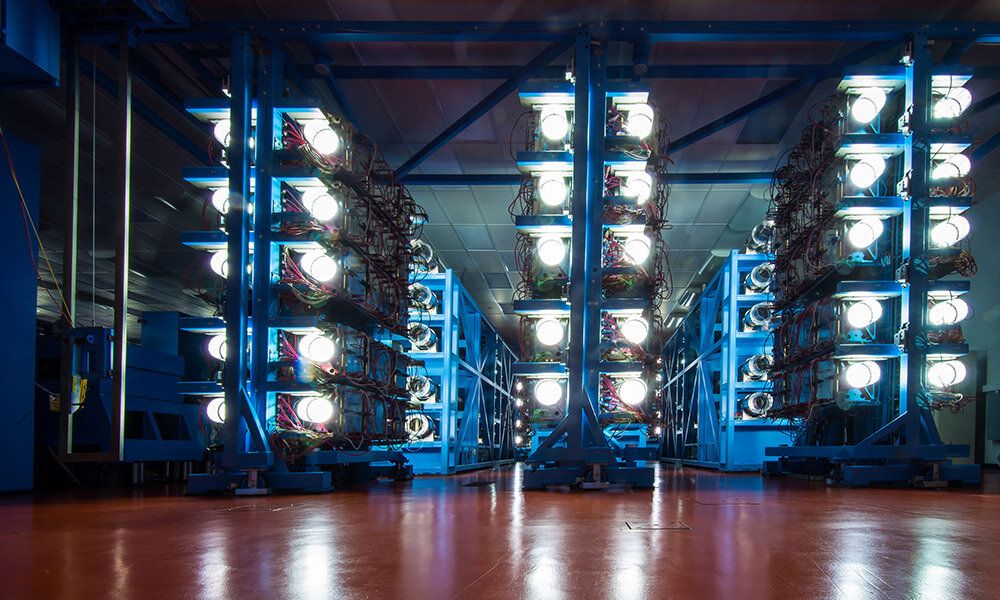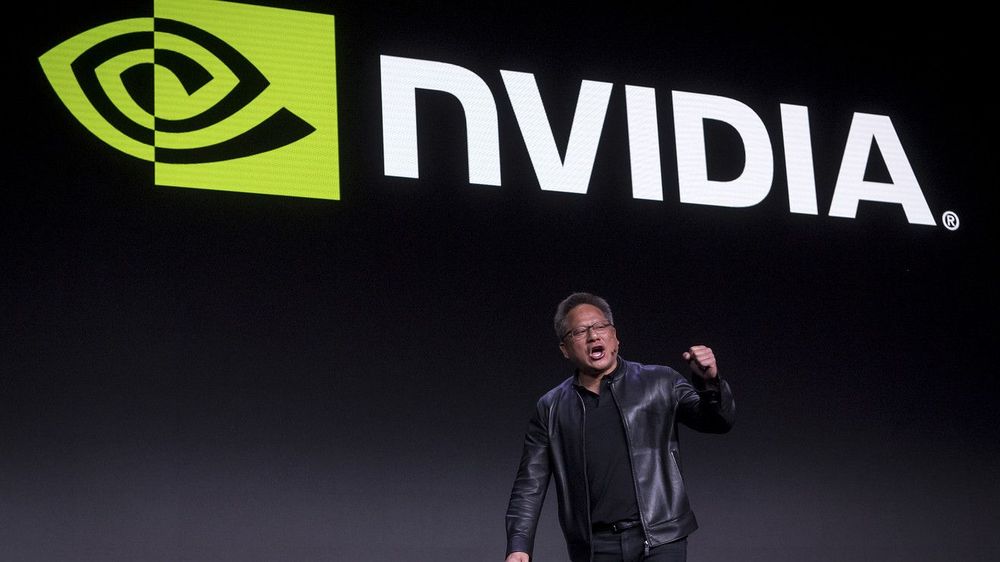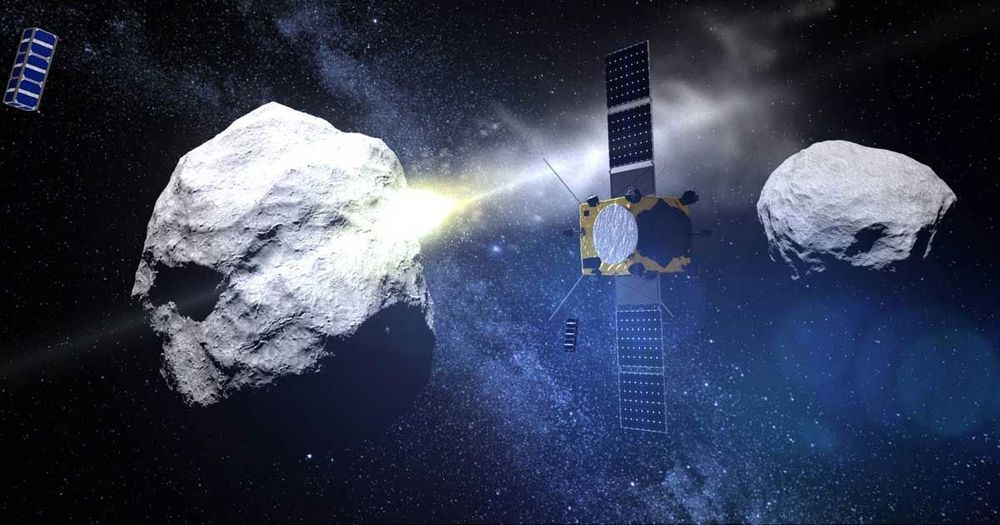Hollie Fraser, founder of Books On The Move, worldwide book sharing movement, creative director and ideaXme literature, reading and writing ambassador interviews Matthew Newman, 2019 best Kindle book author.
Matthew S. Newman, is a 39 year old cancer survivor and best-selling author of Starting At The Finish Line. He is a fitness aficionado, and a financial services industry speaker. His mission is help the wider public and to encourage financial preparedness. He does this by telling his story of brain cancer survival and the financial lessons and wisdom he learnt as a result.
Matthew’s book was named a Best Kindle Unlimited Books for 2019. To this day, fitness is still a big part of his life. You can see him here working out shortly after brain surgery! https://www.youtube.com/watch?v=J2G-Sq7iOuM
He is a TedX Talk participant and currently traveling the country giving talks to financial services organizations, such as Transamerica, Primerica, Raymond James and more. https://matthewsnewman.com/speaking
For the text version of this interview please visit www.radioideaxme.com from week commencing 2 December 2019.
